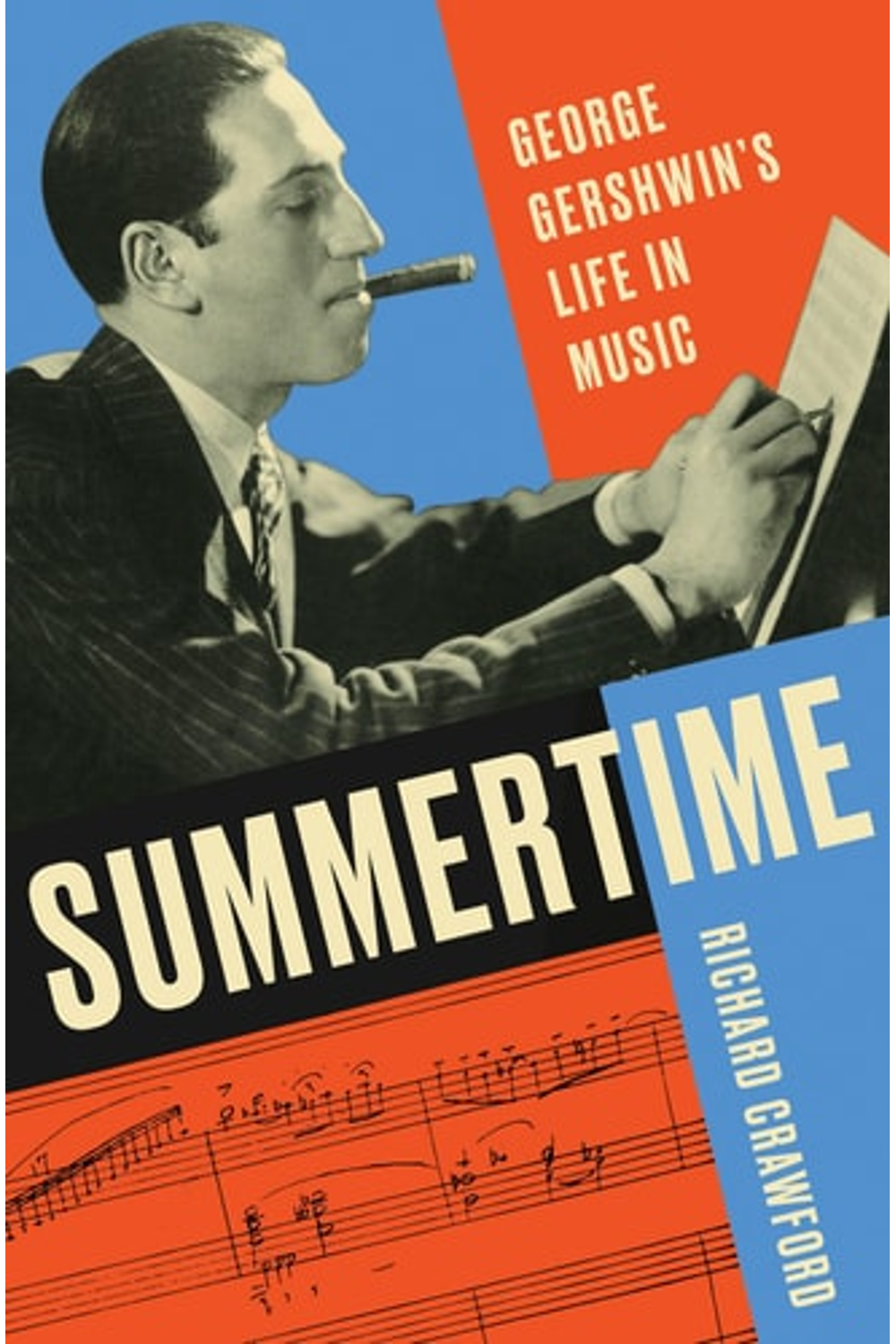Explore the vibrant life and groundbreaking music of George Gershwin in Richard Crawford’s acclaimed biography, “Summertime: George Gershwin’s Life in Music.” This compelling hardcover explores Gershwin’s journey from a prodigious New York pianist to a celebrated Broadway composer and a pioneer who blurred the lines between popular and classical music. Discover the stories behind iconic works like “Rhapsody in Blue” and “Porgy and Bess,” and delve into Gershwin’s collaborations, influences, and the tragic circumstances surrounding his early death. Featuring insights gleaned from letters and historical records, this book offers a unique perspective on a true American musical genius. A must-read for music lovers and anyone interested in the Jazz Age!
Summertime: George Gershwin’s Life in Music
26,54 $
In stock
The life of a beloved American composer reflected through his music, writings, and letters.
New York City native and gifted pianist George Gershwin blossomed as an accompanist before his talent as a songwriter opened the way to Broadway, where he fashioned his own brand of American music. He composed a long run of musical comedies, many with his brother Ira as lyricist, but his aspirations reached beyond commercial success.
A lifetime learner, Gershwin was able to appeal to listeners on both sides of the purported popular-classical divide. In 1924when he was just twenty-fivehe bridged that gap with his first instrumental composition, Rhapsody in Blue, an instant classic premiered by Paul Whitemans jazz orchestra, as the anchor of a concert entitled An Experiment in Modern Music.
From that time forward his work as a composer, pianist, and citizen of the Jazz Age made him in some circles a leader on Americas musical scene. The late1920s found him extending the range of the shows he scored to include the United Kingdom, and he published several articles to reveal his thinking about a range of musical matters. Moreover, having polished his skills as an orchestrator, he pushed boundaries again in 1935 with the groundbreaking folk opera, Porgy and Besshis magnum opus.
Gershwins talent and warmth made him a presence in New Yorks musical and social circles (and linked him romantically with pianist-composer Kay Swift). In 1936 he and Ira moved west to write songs for Hollywood. Their work was cut short, however, when George developed a brain tumor and died at thirty-eight, a beloved American artist.
Drawing extensively from letters and contemporaneous accounts, acclaimed music historian Richard Crawford traces the arc of Gershwins remarkable life, seamlessly blending colorful anecdotes with a discussion of Gershwins unforgettable oeuvre. His days on earth were limited to the summertime of life. But the spirit and inventive vitality of the music he left behind lives on. 8 pages of photographs
| Authors | |
|---|---|
| Binding | |
| Condition | |
| ISBN-10 | 039305215X |
| ISBN-13 | 9780393052152 |
| Language | |
| Pages | 560 |
| Publisher | |
| Year published | |
| Weight | 1009 |
Related products
What is Punk?
13,09 $De Coeur inconnu
13,09 $
- Additional information
- Currencies
- USD – United States dollar
- EUR – Euro
- GBP – Pound sterling
- CNY – Chinese yuan
- BRL – Brazilian real
- MXN – Mexican peso
- JPY – Japanese yen
- PHP – Philippine peso
- THB – Thai baht
- PLN – Polish złoty
- CAD – Canadian dollar
- MYR – Malaysian ringgit
- AUD – Australian dollar
- TWD – New Taiwan dollar
- CZK – Czech koruna
- SEK – Swedish krona
- HUF – Hungarian forint
- ILS – Israeli new shekel
- CHF – Swiss franc
- HKD – Hong Kong dollar
- DKK – Danish krone
- SGD – Singapore dollar
- NOK – Norwegian krone
- NZD – New Zealand dollar





